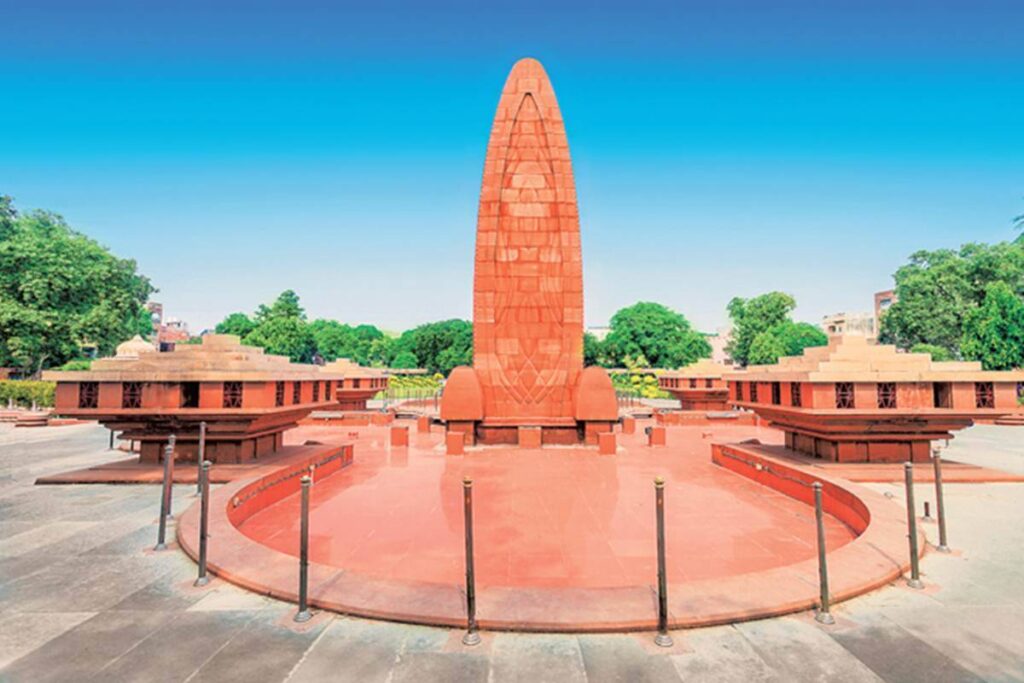
Tucked behind the Golden Temple, tourists will find another important site in Amritsar: Jallianwala Bagh. The public garden memorializes the estimated 1,500 people who were killed or injured when British soldiers were ordered to fire on peaceful protesters who were demanding the release of imprisoned leaders of the Indian Independence Movement in 1919. You can still see bullet holes in the walls that hundreds of victims hid behind in attempt to dodge the gunfire.
Jallianwala Bagh is a historic public garden in Amritsar, Punjab, India, renowned for its tragic association with one of the most infamous episodes of British colonial rule in India. It stands as a poignant reminder of the Jallianwala Bagh Massacre that took place on April 13, 1919, during the Indian struggle for independence.
In 1919, the British colonial government enacted the Rowlatt Act, allowing the authorities to arrest and detain individuals suspected of sedition without trial. This led to widespread unrest and protests across India.
On April 13, 1919, a large, peaceful gathering of men, women, and children was held at Jallianwala Bagh to protest against the Rowlatt Act and discuss other socio-political issues. It was also the day of Baisakhi, a major Sikh festival, which attracted many people to the city.

